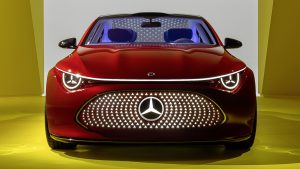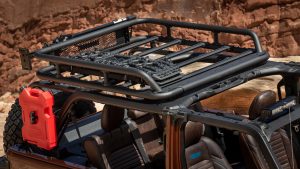Heated market in the Americas, electrification on the rise, alternative models getting old… Hard to think of a better moment for Dodge or RAM to make a new midsize pickup
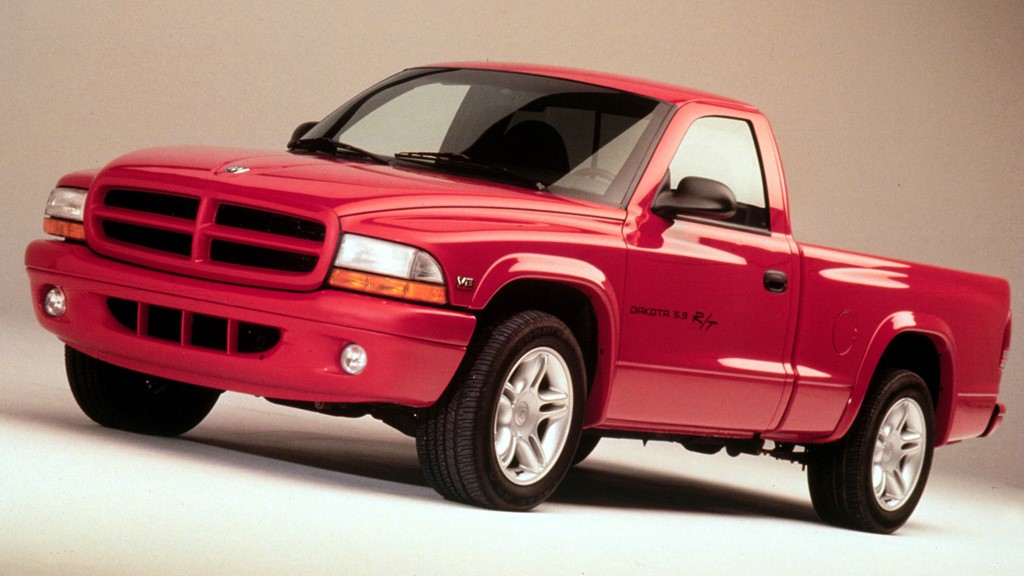
Now that the SUV craze has become mainstream, we can look further. When doing so, we can notice that there are other car segments thriving as well. Some weeks ago, we discussed how four-door coupés have become popular. Electrification is opening many possibilities as well, including making vintage cars viable again. In fact, even station wagons seem to be receiving a new opportunity to flourish in the market.
This time, our target is midsize pickups. Just like the Frontier, Hilux, and L200 which have always been on sale around the world. Just like the Colorado and Ranger which have finally deserved to appear in the US again. And just like the model that Stellantis, for some reason, insists on not producing too. This situation becomes baffling when we consider the inspiration it can draw from its own past. Let us give that a look.
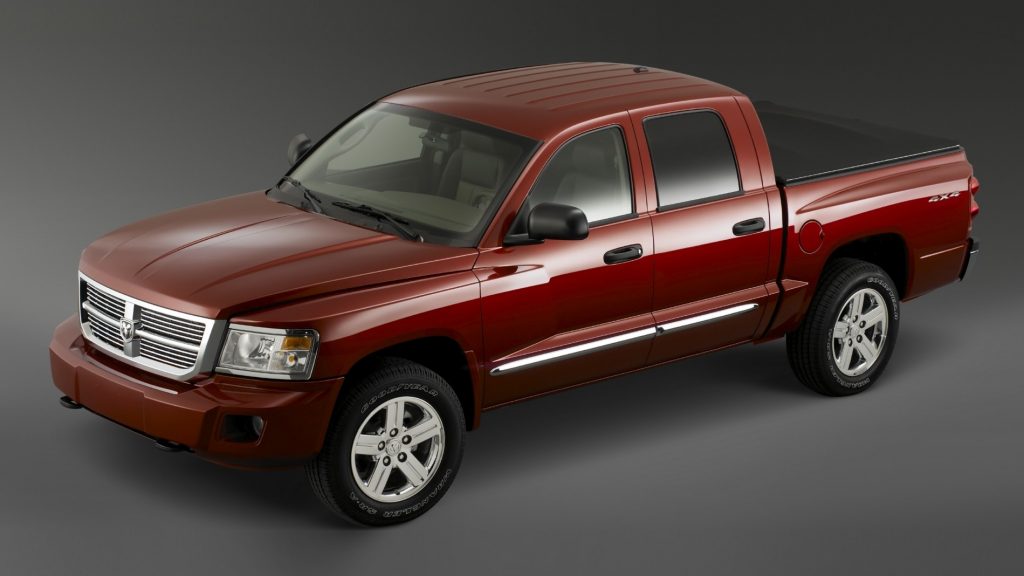
What is a midsize pickup?
So far, we can say that two segments go by that name. The main reason is that North America’s perennial thirst for large cars would not consider “midsize” models like the ones mentioned on the last paragraph. In fact, Nissan has given that region its own Frontier while Toyota offers the Tacoma and Honda sells the Ridgeline. However, recent events have encouraged the industry to close that gap and unify the pickups.
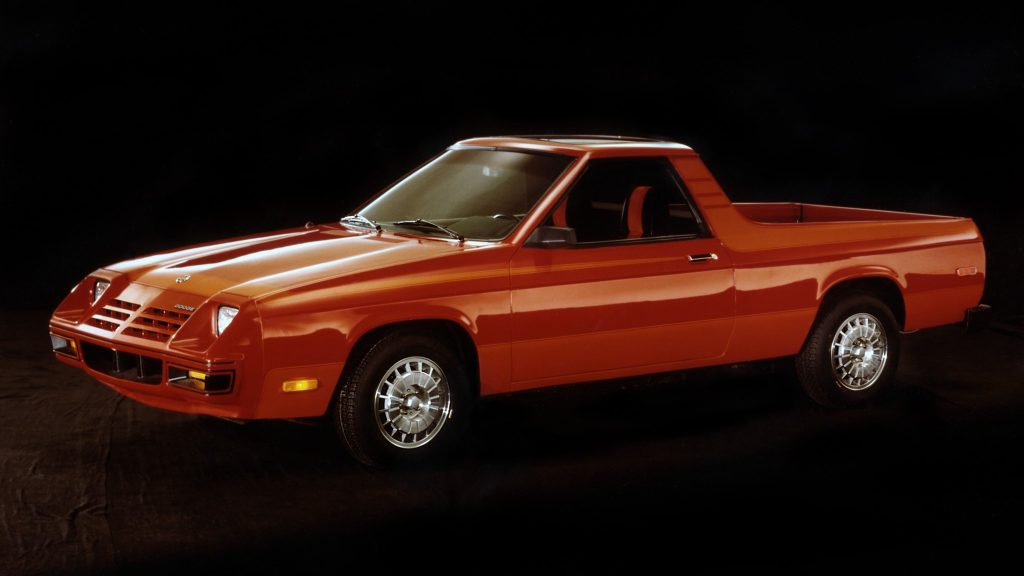
Midsize pickups usually share body-on-frame platforms with an SUV. While they have larger dimensions and higher payload than compact ones, they keep themselves clearly below light-duty models. In general, they represent an interesting compromise between capability for professional use and comfort for urban driving. They often receive specialty trim levels such as high-performance, luxury, and heavy off-road.
When it comes to the future of the category, the train of thought is simple. There is strong demand in the USA and there is strong demand distributed in other countries. If companies can meet it with one midsize pickup each, why bother to produce and market two? Each one will embrace that change at its own pace, of course, but all that only means that the global market is stronger than ever for those pickup models.
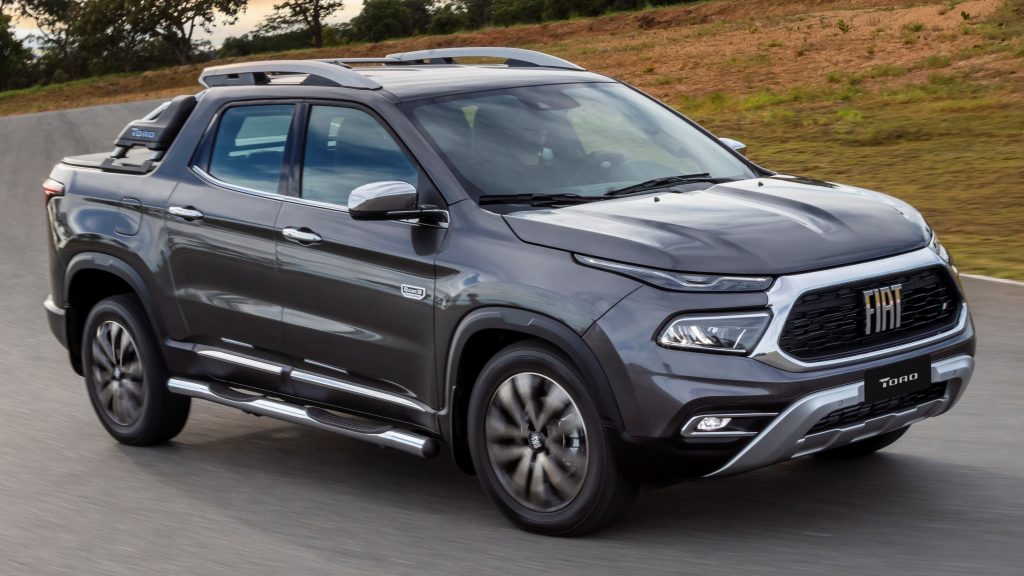
What does Stellantis have now?
In this category, the group has worked with badge engineering lately. Fiat released the Fullback in Europe in 2017 derived from the Mitsubishi L200. Peugeot, in turn, resorted to Changan Automobile to create the Landtrek. While that strategy has merit, the truth is that neither of those cases properly express Stellantis’ potential. Fun fact: the Fullback was modified once again, for some countries, to become the RAM 1200.
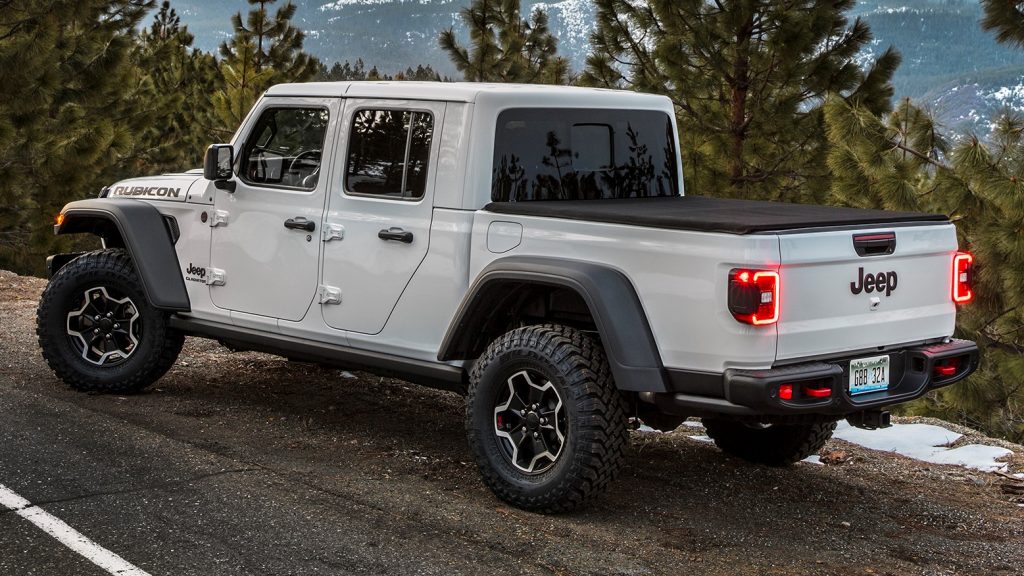
When it comes to proprietary pickups, the strongest example is the Fiat Toro. In short, the Italian division developed a halo model focused on the Brazilian market. It ended carving a market niche slightly below the traditional midsize pickups, since it has core differences such as unibody construction. However, that did not get in the way: the Toro has consistently outsold every midsize pickup in the country.
The next venture would only arrive four years later, in 2020. The Gladiator is based on the Jeep Wrangler and fits midsize pickup parameters quite well, to tell the truth. The difference is that its off-road capability and focus position it as a specialty pickup, rather than a typical competitor in the segment – it does not have professional versions, for example. There is still plenty of room for a midsize pickup in its portfolio.
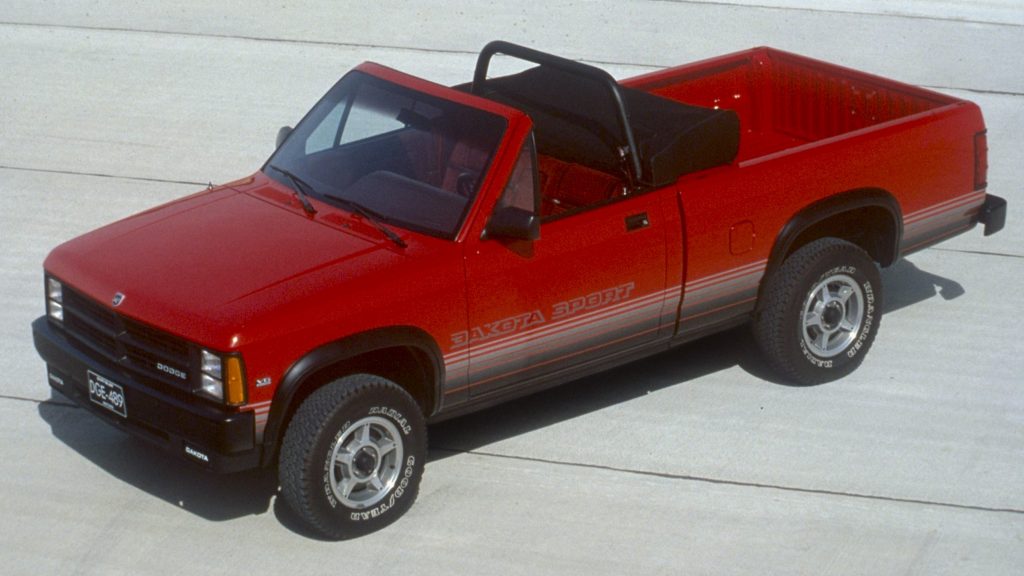
What can the midsize pickup offer?
If Stellantis needs inspiration, looking back is all it takes. The Dodge Dakota was successful enough to last three generations at a time when the Chrysler group went through sharp ups and downs. The best part is that there was no miracle: it was an honest midsize pickup. Some options for cabin and bed, multiple trim levels for both personal and professional use, and shared parts with other models to keep costs down.
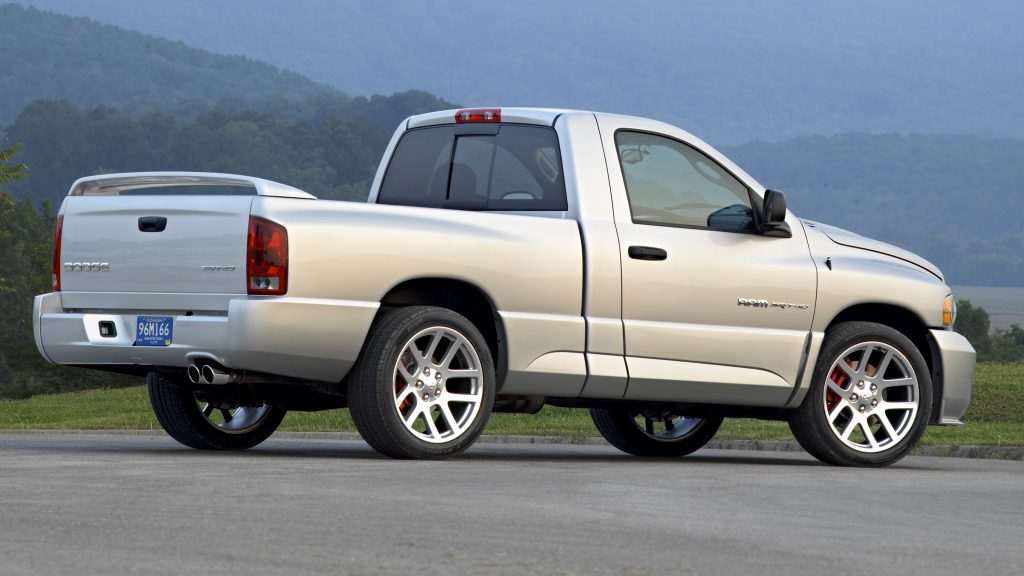
Now, considering today’s competitive market, Stellantis could dig a little deeper. What could be better to make it stand out than reviving the first generation’s convertible body? That would certainly get attention from everyone. Production costs would certainly be high, yes, but there are resources to circumvent that. The automaker could release it as a limited edition, at first, so as to measure people’s actual interest.
Would you like more emotional appeal? Dodge’s history could certainly provide it. The first Dakota had a Shelby performance version where the regular 3.9L V6 engine made room for a 5.2L V8 that made 175 hp of power and 270 lb-ft of torque. Fifteen years later, the brand would release the Ram 1500 SRT-10 using the Viper‘s 8.3L V10. It was available with single and crew cabins and produced 500 hp and 525 lb-ft.
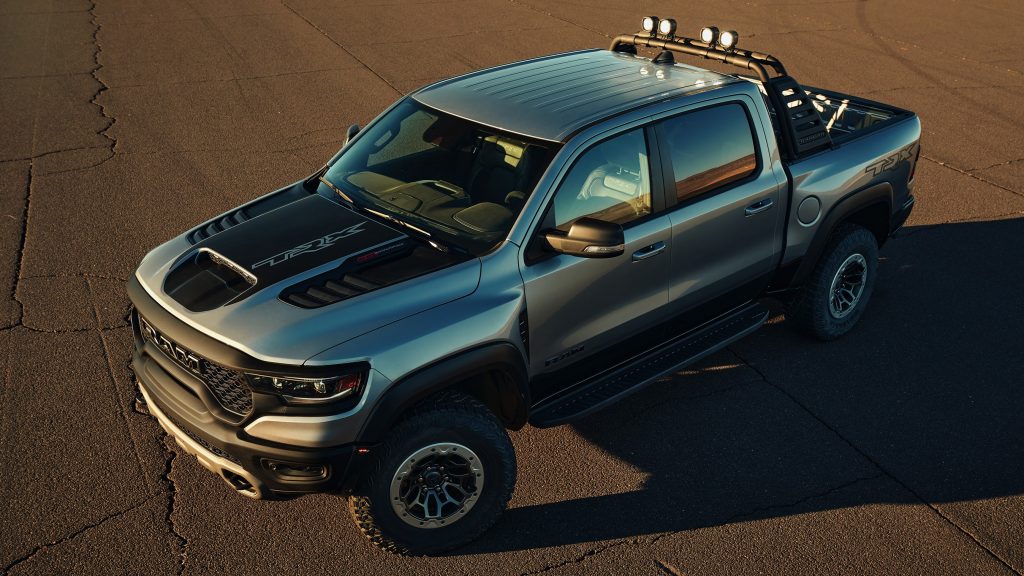
Would that be applicable today?
Not in a literal way. All those options would rely on big, gas-guzzling engines and we know that these will not be around for long. However, the current environment of imminent change can be beneficial. Dodge, for example, has fully committed to electrification. RAM, in turn, is yet to show its first concept truck with that orientation. The new Dodge Dakota could certainly use electric propulsion to be fast and efficient.
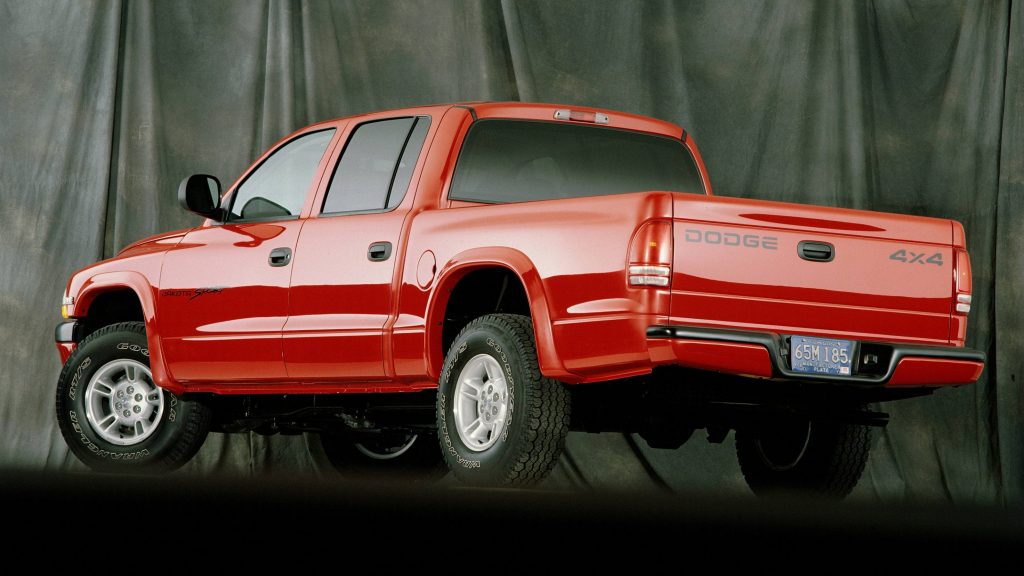
If Stellantis ever builds such a midsize pickup, it would be at the heart of its segment. The Gladiator would retain its specialty role while the next Fiat Toro should stay a step below them. It would attract city drivers and stay strong against the Ford Maverick. The company would have three strong products with minimal internal competition. Then, it would only be a matter of choosing which ones to offer in each region.
When it comes to names, I would vote for Dodge Dakota. It is already established and it would strengthen the division’s new phase. Besides, it would give the midsize pickup more room to focus on emotional trim levels than if it was a RAM. For now, all we know are rumors. More specifically, rumors that the automaker will present a conceptual version of a new midsize pickup in March. Will it be the new Dodge Dakota?
Danillo Almeida has explored his passion for cars in two distinct ways. The first one is his graduation course in Mechanical Engineering, which will hopefully lead to a job position in the field. The other one is expressing his knowledge and opinions on the matter through writing. Almeida has already contributed to blogs, stores, and websites in general writing automotive content in many formats.

